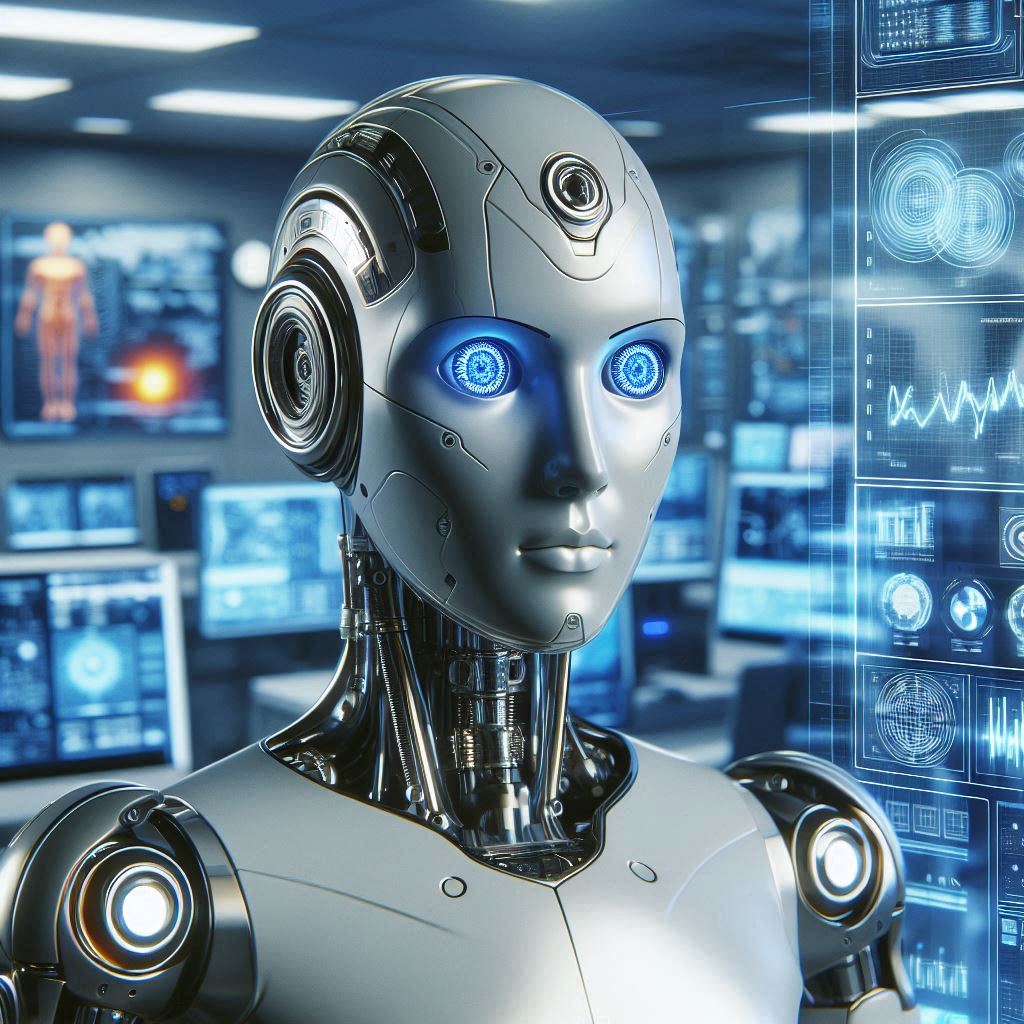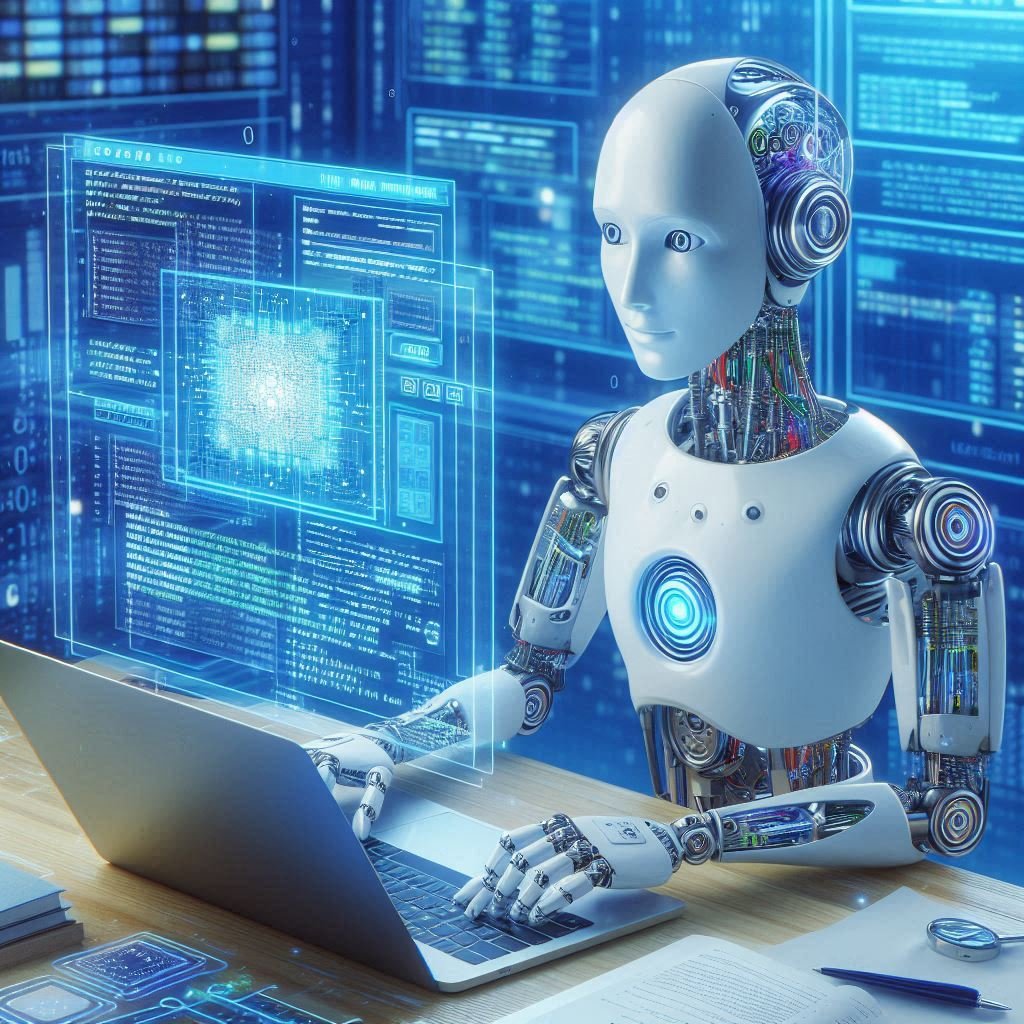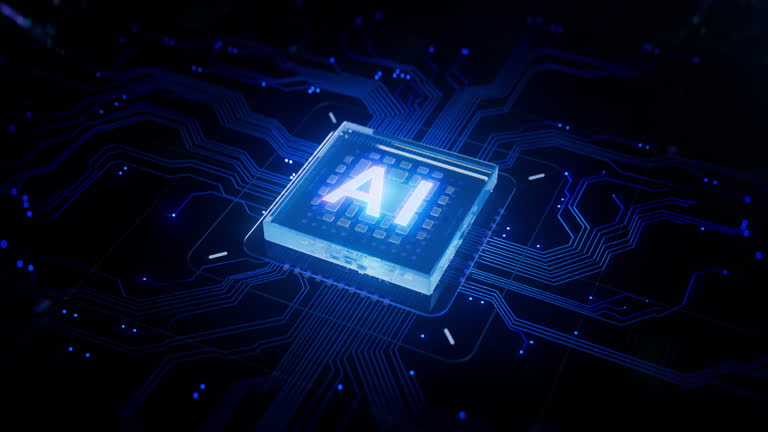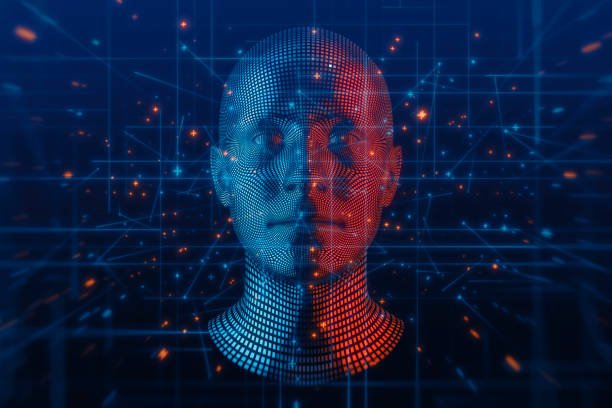Artificial intelligence (AI) has quickly transformed from a futuristic concept to a central component of our daily lives. From smartphones that understand our voice commands to self-driving cars, AI is already reshaping industries and improving our efficiency in ways we never thought possible. However, with this rapid advancement comes a pressing question: how do we ensure that AI acts in our best interests? The potential for AI to revolutionize human life is immense, but so are the risks if it is not developed and deployed ethically.
As AI systems become more autonomous, making decisions without direct human intervention, the ethical implications of their actions become more complicated. How can we ensure that AI behaves in ways that align with our values and goals? How can we guard against the possibility of AI systems making harmful or biased decisions? These are just some of the questions that need to be addressed to ensure that AI serves humanity’s best interests.
The Rise of Artificial Intelligence
Before delving into the ethics of AI, it’s important to understand what AI is and how it works. Artificial intelligence refers to the simulation of human intelligence in machines that are programmed to think, learn, and perform tasks that would typically require human intelligence. AI can be broadly classified into two types: narrow AI and general AI. Narrow AI refers to systems designed to perform specific tasks, such as facial recognition or language translation, while general AI, which remains theoretical, would be capable of performing any intellectual task that a human can do.
The development of AI has been propelled by advancements in computing power, access to vast amounts of data, and improved algorithms that enable machines to learn from experience. Machine learning, a subset of AI, has been particularly influential in enabling AI systems to improve their performance over time without explicit programming.
Despite the remarkable progress made in AI, we are still in the early stages of understanding its full potential and risks. The growing dependence on AI across all sectors—from healthcare and education to finance and law enforcement—requires us to reflect deeply on the ethical questions surrounding its use.
The Ethical Challenges of AI
As AI systems become more integrated into society, several ethical challenges arise that need careful consideration. These challenges are often intertwined with broader questions of fairness, accountability, transparency, and control. Here are some of the key ethical issues surrounding AI:
1. Bias and Discrimination
One of the most pressing concerns is that AI systems can perpetuate or even amplify existing biases in society. This happens because AI algorithms are often trained on data that reflects human prejudices or historical inequalities. For instance, if an AI system is trained on data from a criminal justice system that disproportionately targets certain racial groups, the system may unintentionally perpetuate those biases in its decision-making.
Bias in AI can manifest in various forms, including racial, gender, and socioeconomic biases. These biases can have serious consequences in areas such as hiring, lending, law enforcement, and healthcare. For example, an AI-powered hiring tool that is trained on the hiring practices of a predominantly male company may inadvertently favor male candidates, even if that outcome is not explicitly intended.
To ensure that AI acts in our best interests, it is essential to develop systems that are not only technically sound but also free from harmful biases. This requires carefully curating training data, continuously auditing AI systems for discriminatory outcomes, and ensuring that AI developers are aware of the social and cultural contexts in which their systems are deployed.
2. Privacy and Surveillance
As AI systems become more adept at collecting, analyzing, and acting on data, concerns about privacy and surveillance become more prominent. AI-powered surveillance technologies, such as facial recognition, can track individuals’ movements and behaviors in real-time, raising questions about the balance between security and privacy. In authoritarian regimes, AI-enabled surveillance systems have already been used to monitor and control populations, infringing on basic human rights.
On a more personal level, AI systems that collect data from our daily lives—such as smart devices, social media platforms, and search engines—pose risks to our privacy. These systems are often able to analyze vast amounts of personal data to create detailed profiles of individuals, which can then be used for targeted advertising or, more concerningly, for manipulation and exploitation.
To mitigate these risks, it is crucial to implement robust data protection laws and ethical guidelines for the development and use of AI. Privacy by design should be a core principle of AI development, meaning that privacy considerations should be integrated into AI systems from the outset, rather than being added as an afterthought.
3. Accountability and Transparency
When AI systems make decisions, it can be difficult to determine who is responsible for the outcomes of those decisions. If an AI system makes a mistake—say, a medical diagnosis that leads to harm—who should be held accountable? Is it the developers who created the algorithm, the organization that deployed it, or the machine itself?
The lack of transparency in many AI systems adds to this problem. Many AI algorithms, particularly those based on deep learning, operate as “black boxes,” meaning their decision-making processes are not easily understandable even by the engineers who designed them. This lack of transparency can lead to mistrust in AI systems and hinder efforts to ensure that they are acting in the best interests of humanity.
To address these concerns, AI systems should be designed with accountability and transparency in mind. This could involve creating clear guidelines for who is responsible for the actions of AI systems, as well as developing techniques for making AI decision-making processes more interpretable to humans. Explainable AI (XAI) is an emerging field focused on creating AI systems that can explain their reasoning in ways that are understandable to non-experts.
4. Autonomy and Control
As AI systems become more autonomous, the question of control becomes increasingly important. If an AI system is capable of making decisions without human intervention, how can we ensure that it continues to act in our best interests? This concern is particularly relevant in the case of autonomous weapons, such as drones or robots, which could be used in military conflicts or law enforcement.
The fear of AI acting independently of human oversight is often referred to as the “control problem.” If AI systems become too advanced, they could potentially make decisions that conflict with human values or priorities. For example, an AI system tasked with optimizing resource allocation might prioritize efficiency over human well-being, leading to harmful outcomes.
To prevent such scenarios, it is essential to develop mechanisms that allow for effective human oversight of AI systems. This could involve creating “kill switches” or other forms of control that allow humans to intervene if an AI system begins to act in ways that are harmful or misaligned with human values.
5. Job Displacement and Economic Inequality
AI has the potential to dramatically improve productivity and efficiency, but it also poses significant challenges in terms of employment and economic inequality. As AI systems become capable of performing tasks that were once the domain of humans—such as driving trucks, diagnosing diseases, or analyzing legal documents—there is a risk that large segments of the workforce could be displaced.
The displacement of workers by AI is a particular concern for lower-wage, routine jobs that are easily automated. For example, truck drivers, warehouse workers, and factory laborers are all at risk of being replaced by AI-powered systems. While AI may create new jobs, there is no guarantee that these jobs will be accessible to those who have lost their livelihoods due to automation.
To ensure that AI serves the best interests of society, it is important to consider the economic implications of widespread automation. This could involve implementing policies that provide support for workers displaced by AI, such as retraining programs, universal basic income, or other forms of social safety nets.
Aligning AI with Human Values
To ensure that AI acts in our best interests, it is crucial to align its development with human values. This alignment is not a simple task, as human values are diverse and often in conflict with one another. Different cultures, societies, and individuals may prioritize different goals, making it difficult to define a universal set of values that AI should adhere to.
One approach to aligning AI with human values is value alignment research. This field seeks to develop methods for ensuring that AI systems are designed to pursue goals that are in line with human preferences. Value alignment can be achieved by explicitly programming AI systems with ethical principles or by training them on data that reflects human values.
However, value alignment is a complex and ongoing challenge. Human values are not static, and they can evolve over time. Additionally, the diversity of human values makes it difficult to create AI systems that will universally satisfy everyone’s preferences. Despite these challenges, value alignment remains one of the most important goals in AI ethics.
The Role of Regulation and Governance
Ensuring that AI acts in our best interests requires not only responsible development by AI researchers and developers but also effective regulation and governance. Governments, international organizations, and private sector stakeholders all have a role to play in shaping the ethical framework within which AI operates.
Regulation of AI is essential to ensure that its development and deployment are aligned with public interests. This could involve creating laws and regulations that govern how AI systems are tested, deployed, and monitored. Additionally, international cooperation will be necessary to address the global nature of AI and ensure that ethical standards are upheld across borders.
One promising development in this area is the establishment of AI ethics boards or regulatory bodies. These organizations could be responsible for setting standards, overseeing AI development, and ensuring that AI systems are used responsibly and ethically. Additionally, transparency and public accountability should be key components of any AI governance framework to ensure that the interests of society as a whole are prioritized.
Conclusion
Artificial intelligence has the potential to be one of humanity’s most transformative technologies, but it also brings with it significant ethical challenges. To ensure that AI acts in our best interests, it is essential to address issues related to bias, privacy, accountability, control, and job displacement. By prioritizing transparency, fairness, and human-centered values, we can guide the development of AI in ways that benefit society as a whole.
As we continue to push the boundaries of AI, it is vital that we remain vigilant in our efforts to align its goals with human values and safeguard against the risks of misuse. Through responsible research, regulation, and collaboration, we can ensure that AI serves as a force for good, enhancing our lives and helping us navigate the challenges of the 21st century.
In the end, AI is not an end in itself; it is a tool—one that, if used wisely, can help us create a better, more equitable, and more sustainable future.






